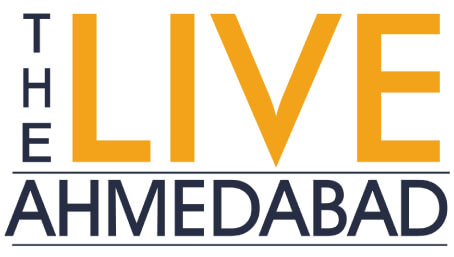As the world observes Social Media Day, growing concerns about the mental health effects of excessive screen time are coming into sharp focus. In Ahmedabad, more than 2,000 individuals are estimated to have sought help for social media and digital addiction over the past four years, with public hospitals witnessing a steep rise in such cases.
At the Government Hospital for Mental Health (HMH) in Ahmedabad, the number of patients visiting the Digital Detox Centre surged from 116 in 2021–22 to 491 in 2024–25 — a more than fourfold increase. Experts believe that including data from private healthcare providers would push the total number significantly higher.
Young Adults Most Affected
According to Dr. Ajay Chauhan, superintendent of HMH, around 95% of those seeking treatment fall in the 15–30 age group. “Most patients show signs like irritability, anger, restlessness, and anxiety when disconnected from social media,” he said. The emotional dependence on digital platforms often triggers conflicts at home, with some teenagers becoming aggressive when asked to limit screen time or stop using specific apps.
What Digital Addiction Looks Like: Real Cases
Mental health professionals are increasingly seeing patterns of anxiety, poor sleep, mood swings, and academic decline in younger patients. Some severe cases have required hospitalization. A few examples from clinical records include:
- Case 1: A 12-year-old played video games for 6–8 hours daily, neglected homework, experienced eye strain and headaches, and showed signs of withdrawal.
- Case 2: A 15-year-old grew anxious when offline, felt low self-esteem from low post engagement, and exhibited digital dependency.
- Case 3: A 10-year-old struggled to sleep without using a mobile or watching TV at night, leading to mood swings and concentration issues.
- Case 4: A 13-year-old became socially withdrawn, spending most of their time on social media and avoiding family interactions.
- Case 5: A 16-year-old frequently argued with parents over mobile use, suffered from sleep deprivation, and was falling behind academically.
The Broader Picture: Global Trends and Local Warnings
Globally, researchers are raising alarms about how algorithm-driven content is impacting attention spans, emotional regulation, and sleep cycles—especially among adolescents. Psychologist Jonathan Haidt, in his book The Anxious Generation, draws clear links between excessive screen time and the rise in anxiety and depression among teens.
Cultural narratives like the international series Adolescence have explored these issues in depth, portraying the subtle but profound effects of digital overuse on young minds. Though largely focused on Western contexts, these themes are increasingly relevant to urban India, where screen time among youth continues to soar.
The Way Forward: Awareness, Intervention, and Digital Literacy
Mental health professionals stress the importance of:
- Early intervention and open family dialogue
- Balanced screen habits and offline routines
- Enhanced digital literacy for both children and parents
Experts agree that awareness, sensitivity to behavioural changes, and timely clinical support are critical to tackling what is fast becoming a public health challenge.



